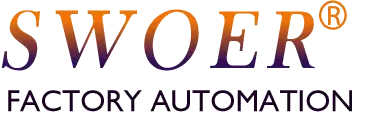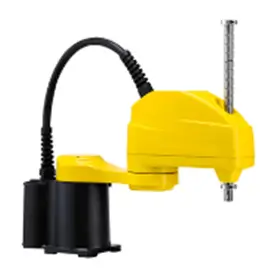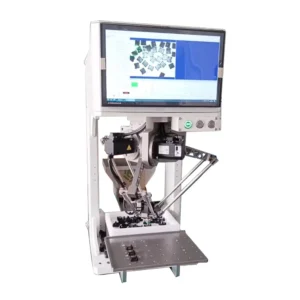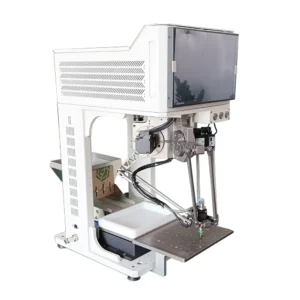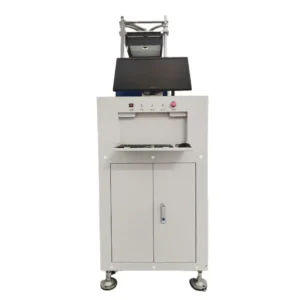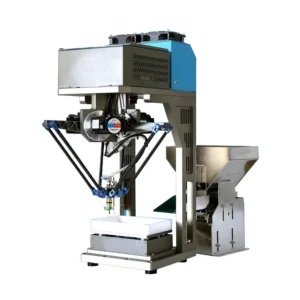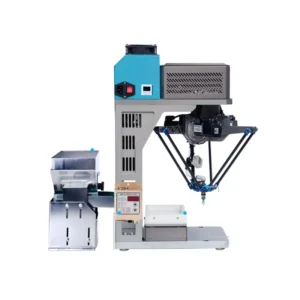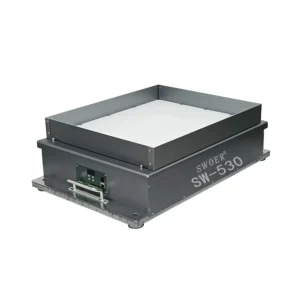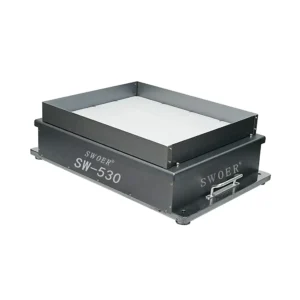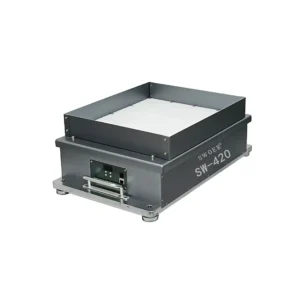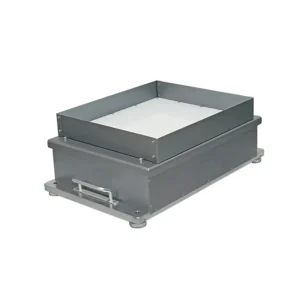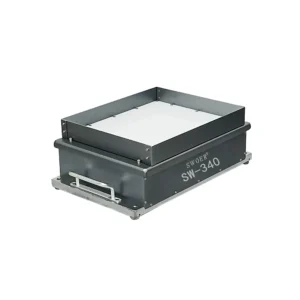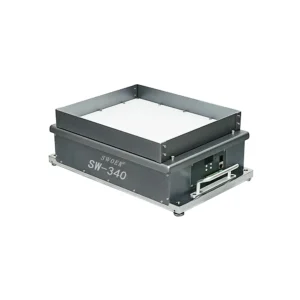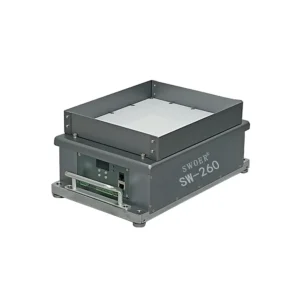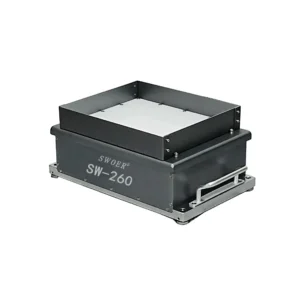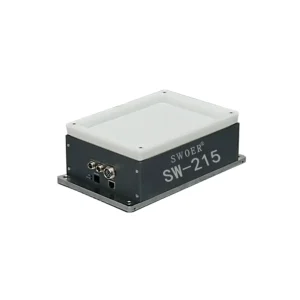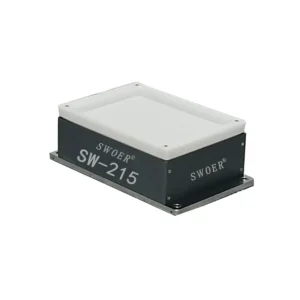In the dynamic realm of manufacturing, efficiency and precision reign supreme. As production lines evolve into intricate, automated networks, the demand for innovative solutions to streamline processes has never been more pressing. Enter the Flex Feeder Robot, a groundbreaking technology that is transforming the way parts are seamlessly integrated into assembly lines.
What is a Flex Feeder Robot?
A Flex Feeder Robot, also known as a Flexible Feeding Robot or Automatic Feeding Device, is an intelligent feeding system that harnesses the power of advanced robotics and machine vision to handle and present a diverse range of parts for automated assembly. Unlike traditional feeders, which are often confined to specific part shapes and sizes, Flex Feeder Robots offer unparalleled flexibility and adaptability.
Key Features of Flex Feeder Robots
- Versatility: Flex Feeder Robots can effortlessly handle a vast spectrum of parts, regardless of their size, shape, or material composition. This versatility makes them ideal for a wide array of manufacturing applications.
- Accuracy: Equipped with sophisticated machine vision systems, Flex Feeder Robots can precisely identify and orientate parts, ensuring consistent and accurate feeding.
- Efficiency:Flex Feeder Robots operate at remarkable speeds, significantly enhancing production throughput and minimizing downtime.
- Adaptability: Flex Feeder Robots can be effortlessly reprogrammed to handle different parts, making them highly adaptable to evolving production requirements.
Benefits of Flex Feeder Robots
The integration of Flex Feeder Robots into manufacturing processes unlocks a multitude of benefits, including:
- Increased Productivity: Flex Feeder Robots can substantially boost production output and reduce labor costs by automating the feeding process.
- Improved Quality:The precise handling and orientation of parts by Flex Feeder Robots contribute to a reduction in defects and an overall enhancement in product quality.
- Enhanced Safety:Flex Feeder Robots eliminate the need for manual part handling, minimizing the risk of workplace injuries.
- Reduced Waste: Flex Feeder Robots’ efficient and accurate feeding of parts minimizes material waste and optimizes resource utilization.

Applications of Flex Feeder Robots
Flex Feeder Robots are finding widespread applications across a diverse range of industries, including:
- Automotive:Assembly of vehicle components, such as engines, transmissions, and interior trim.
- Electronics:Manufacturing of electronic components, such as circuit boards, semiconductors, and connectors.
- Medical Devices:Production of medical devices, such as implants, surgical instruments, and diagnostic equipment.
- Consumer Goods: Assembly of consumer products, such as toys, appliances, and household goods.
The Future of Flex Feeder Robots
As technology continues to advance, Flex Feeder Robots are poised to play an even more prominent role in shaping the manufacturing landscape. With their ever-increasing capabilities and versatility, Flex Feeder Robots are well-positioned to revolutionize the way products are made, driving efficiency, quality, and innovation across industries.
Conclusion
The Flex Feeder Robot represents a significant leap forward in manufacturing automation. Its ability to handle a wide variety of parts with precision and efficiency makes it an invaluable tool for companies seeking to optimize their production processes and enhance their competitive edge. As the demand for flexible and adaptable manufacturing solutions continues to grow, Flex Feeder Robots are sure to play an increasingly crucial role in shaping the future of the industry.
